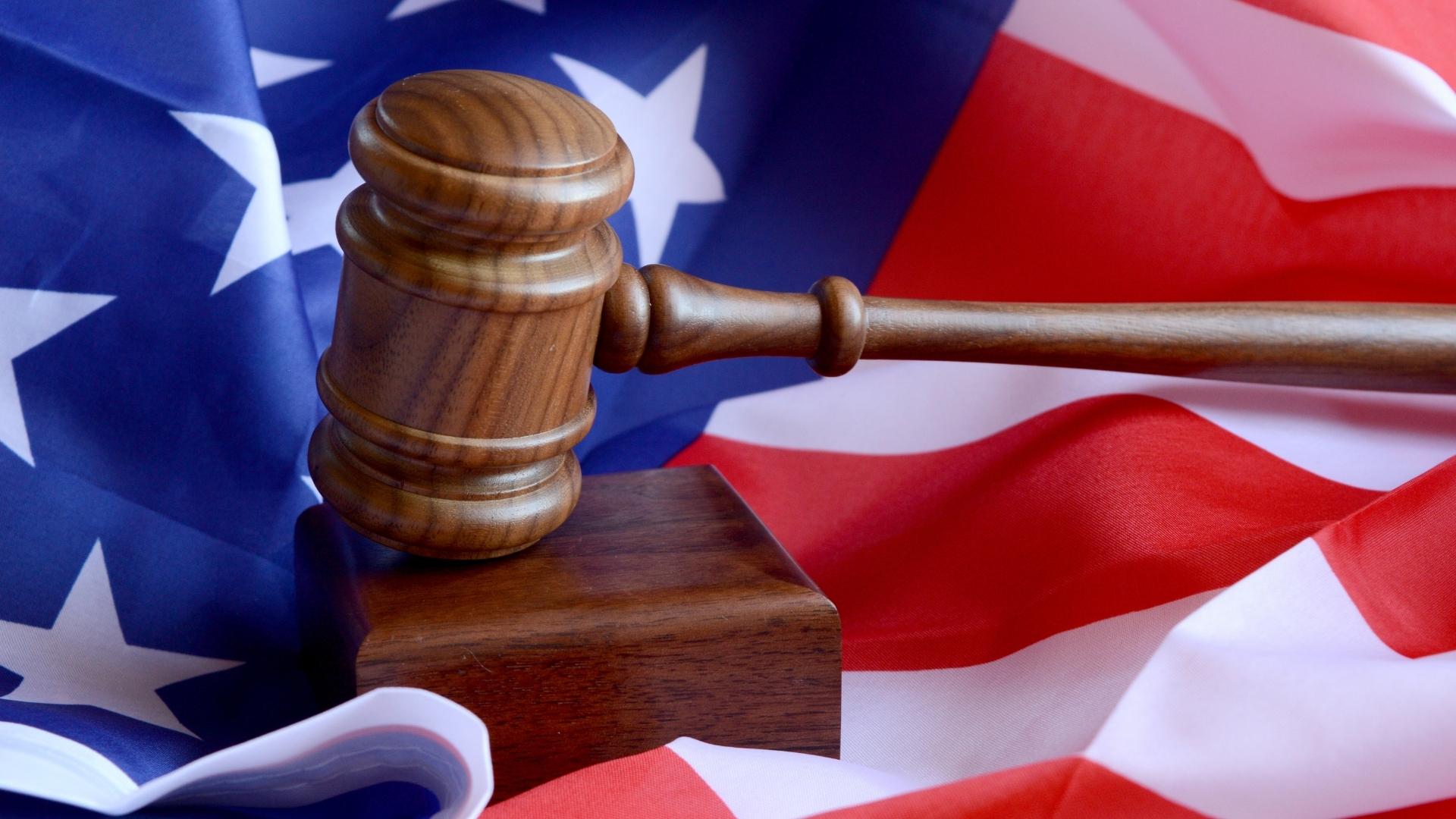Washington, D.C. – In a landmark decision, President Donald Trump signed an executive order ending birthright citizenship in the United States, a move that has sparked heated debate and immediate legal challenges. The controversial order, signed on January 20, 2025, seeks to reinterpret the 14th Amendment, which grants citizenship to anyone born on U.S. soil.
The order is part of Trump’s broader immigration policy aimed at reducing illegal immigration and addressing what he has called a “loophole” in the Constitution. According to The 19th, the President argued that birthright citizenship incentivizes illegal immigration and creates an undue burden on American resources. “We’re taking a strong stand to protect American sovereignty,” Trump said during the signing ceremony.
The order has drawn swift backlash from civil rights organizations and legal experts. The American Civil Liberties Union (ACLU) filed a lawsuit challenging the executive order, arguing that it violates the 14th Amendment. As reported by The Hill, the ACLU emphasized that the amendment’s language explicitly grants citizenship to anyone born in the United States, regardless of their parents’ immigration status.
Critics also point to the potential humanitarian impact of the order. Immigrant advocacy groups fear it could lead to the statelessness of children born in the U.S. to undocumented parents. 6abc reported that some families are already preparing for legal battles to secure citizenship rights for their children.
Supporters of the executive order argue that it is a necessary step to modernize immigration laws and prevent what they see as misuse of citizenship privileges. The Washington Post noted that Trump’s allies see the move as delivering on a key campaign promise to tighten immigration policies.
Legal experts believe the executive order will face significant challenges in federal courts, with its fate likely to be decided by the Supreme Court. Constitutional scholars have pointed out that altering the interpretation of the 14th Amendment through executive action rather than legislation or a constitutional amendment sets a contentious precedent.
The executive order also comes as part of a series of immigration-focused directives issued by Trump during his first days back in office. These include measures to increase border enforcement and restrict asylum applications. Political analysts suggest that these actions reflect Trump’s effort to consolidate support among his base while addressing long-standing Republican priorities on immigration.
As the legal and political battles unfold, the order has reignited national conversations about citizenship, immigration, and constitutional rights. Observers are watching closely to see how the courts respond to what is likely to be one of the most significant constitutional challenges of Trump’s presidency.







